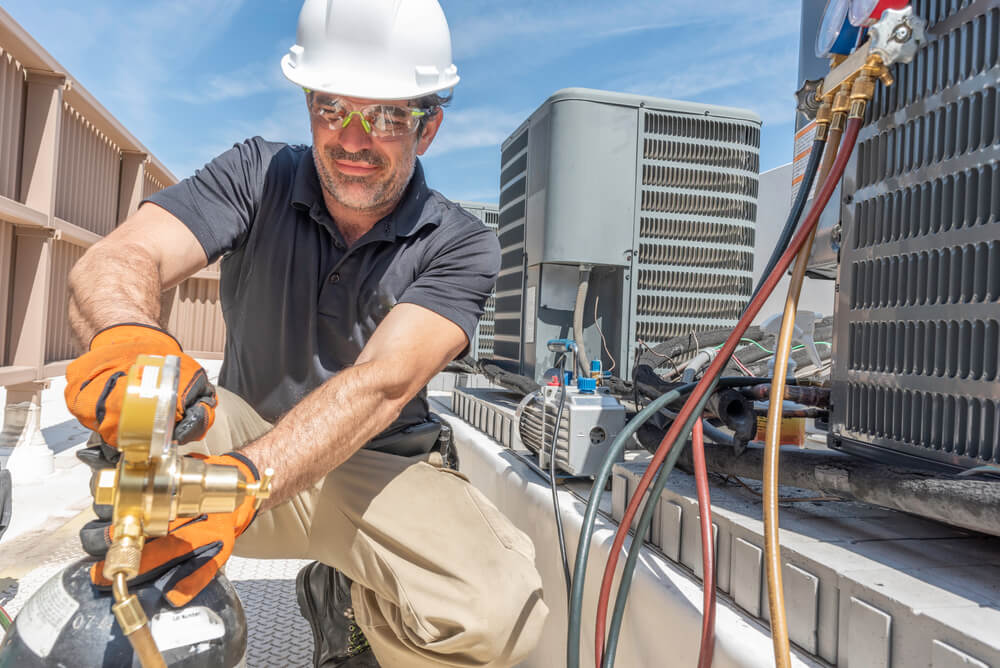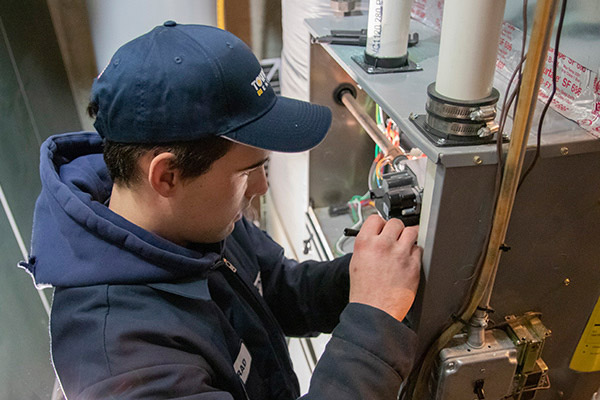Indoor Air Quality Canoga Park HVAC Installation, Contractor
Purchasing a Trane furnace requires careful consideration of a number of cost aspects. Homeowners typically focus primarily on the upfront price of the unit itself, but this approach can lead to miscalculations when budgeting for overall heating expenses. Evaluating the acquisition value, installation prices, ongoing maintenance, vitality efficiency, and potential restore bills presents a more complete view of complete ownership costs.
The initial funding in a Trane furnace usually varies primarily based on mannequin and capacity. Different models offer diversified options, similar to advanced technology and energy efficiency rankings, which might affect the overall cost. Higher-efficiency items could have a higher preliminary price ticket, but the long-term savings on vitality payments can justify that upfront expenditure.
Installation plays a critical function within the last cost. Professional installation could be a important expense, and it's essential to acquire quotes from certified HVAC contractors. Factors influencing installation costs include the complexity of the job, the present ductwork, and any required modifications. Be positive to ask for detailed estimates that cover labor in addition to supplies, as this will present a clearer image of the total price concerned.
Maintenance costs shouldn't be underestimated. Regular maintenance is crucial for ensuring a Trane furnace operates effectively. Annual tune-ups might help maintain guarantee conditions. While some owners might contemplate foregoing skilled maintenance to save money, this could lead to extra vital repairs and inefficiencies if problems are left unaddressed. Investing in routine servicing can finally save homeowners from costly breakdowns in the long run.
Energy Efficiency HVAC Canoga Park Board of Heating, Air Conditioning & Refrigeration
Energy costs represent one other crucial component of overall ownership bills. Trane furnaces include varied power efficiency scores, often denoted by the Annual Fuel Utilization Efficiency (AFUE) percentage. A larger AFUE signifies that a furnace converts a more significant slice of gasoline into heat, resulting in decrease utility payments. Proactively evaluating energy utilization and considering upgrades that enhance efficiency can substantially lower annual heating prices.

What factors affect the value of a Trane furnace installation?
Several elements impact the installation price, including the kind and size of the furnace, extra ductwork or modifications needed, native labor rates, and any essential permits or inspections required by local rules.

Seasonal HVAC Services Canoga Park Experienced HVAC Contractor
Yes, many Trane sellers provide financing options, allowing customers to pay for his or her furnaces in monthly installments. It's advisable to inquire about these options during your session and evaluate rates and phrases.

Higher vitality efficiency rankings sometimes include a better upfront cost, but they can review result in important savings on energy bills over time. Models with larger efficiency rankings usually qualify for rebates, making them extra financially viable in the lengthy run.
What are the upkeep prices associated with Trane furnaces?
Energy Efficiency HVAC Canoga Park Plumbing & HVAC Contractors
Annual maintenance for a Trane furnace usually ranges from $100 to $300. Regular maintenance helps guarantee optimal performance and can extend the furnace's lifespan, potentially saving money on repairs over time.
Are there warranties available for Trane furnaces, and the way do they have an effect on costs?
Trane presents warranties on their furnaces, sometimes covering elements for five to 10 years. Some models may embody prolonged warranties for an extra value. Warranties might help mitigate restore costs and supply peace of mind.
HVAC Equipment Sales Canoga Park HVAC Repair and Installation Contractor
How do native climate circumstances have an effect on the worth of a Trane furnace?

HVAC Financing Options Canoga Park Tips for Hiring an HVAC Contractor
What should I contemplate before buying a Trane furnace?
Consider factors similar to your house measurement, particular heating wants, energy efficiency scores, finances, and long-term costs. Consulting with a professional HVAC skilled may help you identify the best model in your house.
Can I install a Trane furnace myself to save tons of on costs?
While it might seem cost-effective to put in a furnace yourself, it is usually beneficial to rent an expert. HVAC System Replacement Canoga Park. Improper installation can result in safety dangers, reduced efficiency, and dear repairs in a while.